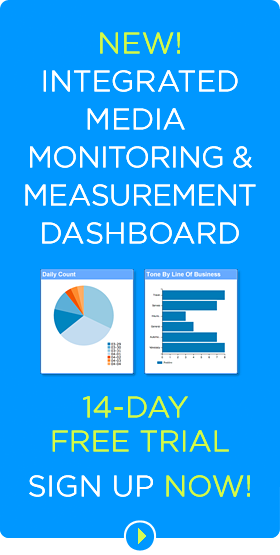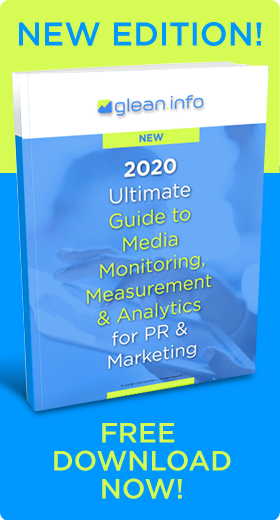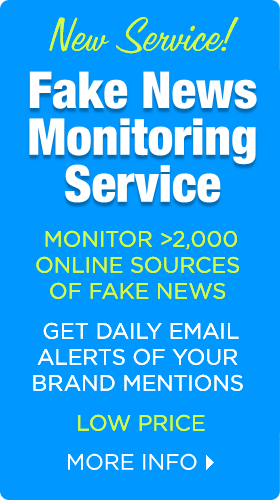
Trade shows can lead to effective publicity. Photo credit: Alibaba Fan Boy
Obtaining media coverage is one of the top goals – if not the top goal – for exhibiting at trade shows. That makes PR an essential element of trade show planning and implementation.
The International Consumer Electronics show, one the largest business conferences, states that 85 percent of its exhibitors name media coverage as one of the most important reasons for attending. But it’s an overcrowded environment with non-stop press conferences and a press room teeming with PR types looking for placements. How do public relations professionals rise above the crowd and separate themselves from the competition in a conference hall full of businesses? It’s not easy when the entire industry is clamoring for attention.
Successful public relations pros don’t just churn out a press release, set up the company’s exhibit booth, and wait for reporters to show up. They invest time in advance to research the media, create a message and develop a strategy.
Here are some ideas about how to win media attention at trade show conferences.
Research
Ask the trade show organizer for their list of media attending the event. If trade show organizers don’t have a media list, search for past articles on the event – the same publications, and sometimes the same reporter, may be covering again this year. Research the news outlets to learn about their audiences and what they are interested in covering.
If you’re planning to release news, reach out to publications before the conference. Check out the publication’s editorial calendars. Because trade magazines typically have long lead times, be sure to contact them well in advance of the conference. Unless you’re planning on introducing the next iPhone, don’t bother with a press conference because the cost far outweighs the benefits, recommends marketing strategist and PR consultant Angela Kambarian, president of Essential Communications.
A show-specific website.
Consider creating a website specifically about your company’s trade show appearance. Fill it with valuable, relevant content such as photos, fact sheets and marketing materials, Kambrian advises. Place the website address in all show-related correspondence, press releases, and invitations. Post a link to it from your main website, and make sure you’ll be able to update it quickly and easily.
Speaking engagements
Try to arrange for your company executives to be a speaker (keynote is best) or member of a panel discussion. This requires being in touch with conference program organizers long in advance to secure speaker invitations. Start your planning soon after the close of the year’s show to identify topics that interest your target market. Select topics and presenters that will entice the organizers and their conference attendees. Use bold language to describe the content title and subject matter.
Prepare your people
Prepare your company representatives or clients to make sure they can explain their product and its features, their industry and their competition. That will enable them to explain what differentiates your brand. Provide them with fact sheets and talking points, preferably on 3×5 index cards that they can carry with them. Make sure everyone working the exhibit booth has the cell phone number of the PR rep so they can refer inquiries of journalists who visit the booth.
Keep in mind what reporters want: interviews and stories filled with details and facts, says Shawn Paul Wood at TalentZoo who wrote about his experiences at the Consumer Electronics Show in Las Vegas. Interview questions at trade shows like the CES are not known to be softballs.
Work the press room (and press conferences)
While the press room may be a jungle, it’s the most convenient place to meet and pitch journalists. The most effective press room “pitch” is usually arranging for the journalist to interview a well-known executive (preferably to discuss a hot or controversial topic).
Make sure you have the executive’s schedule so you can suggest a specific time and place for the interview. Also attend press conferences by competitors in order to “bump into” journalists and pitch them your company’s perspective on the topic of the press conference.
Of course, do the ordinary and leave copies of press releases, slide decks of presentations, any other announcements and your business card on the literature table in the press room. Make sure you’re carrying your cell phone in a place where you’ll easily hear the ringer over the noise of the exhibit floor, or feel the vibrator.
Give-aways
Conference attendees typically walk the exhibit aisles filling their bags with give-aways like children on Halloween. Your give-way should stand out from the piles of pens and key chains. Invest in something that is useful, addictive, and something that conference attendees will share when they return home. While PR may not be in charge of selecting the give-away, do put a few in your shoulder bag to hand out to journalists or leave in the press room.
Socialize
At trade shows, it pays to party. Invite journalists to company events during the trade show. See and be seen is the motto because being seen at an after-hours event can translate into a media contacts and coverage, if not immediately, at some point in the future. “It’s the magic of rubbernecking, elbow rubbing, and bottle emptying,” Wood says. “From social media to selfies, there are ample opportunities to get friendly with many people.”
Bottom Line: Trade shows can lead to effective publicity if public relations professionals complete the proper research and preparation in advance, and work the show aggressively.
William J. Comcowich founded and served as CEO of CyberAlert LLC, the predecessor of Glean.info. He is currently serving as Interim CEO and member of the Board of Directors. Glean.info provides customized media monitoring, media measurement and analytics solutions across all types of traditional and social media.





Having a robot in your booth like in the picture really helps drive traffic if you can find one as well.